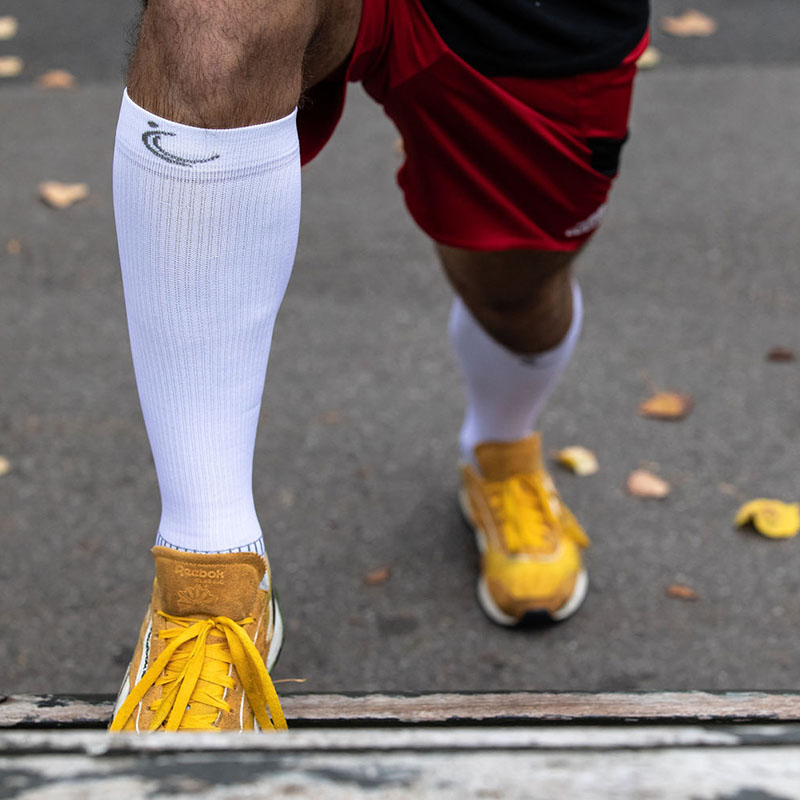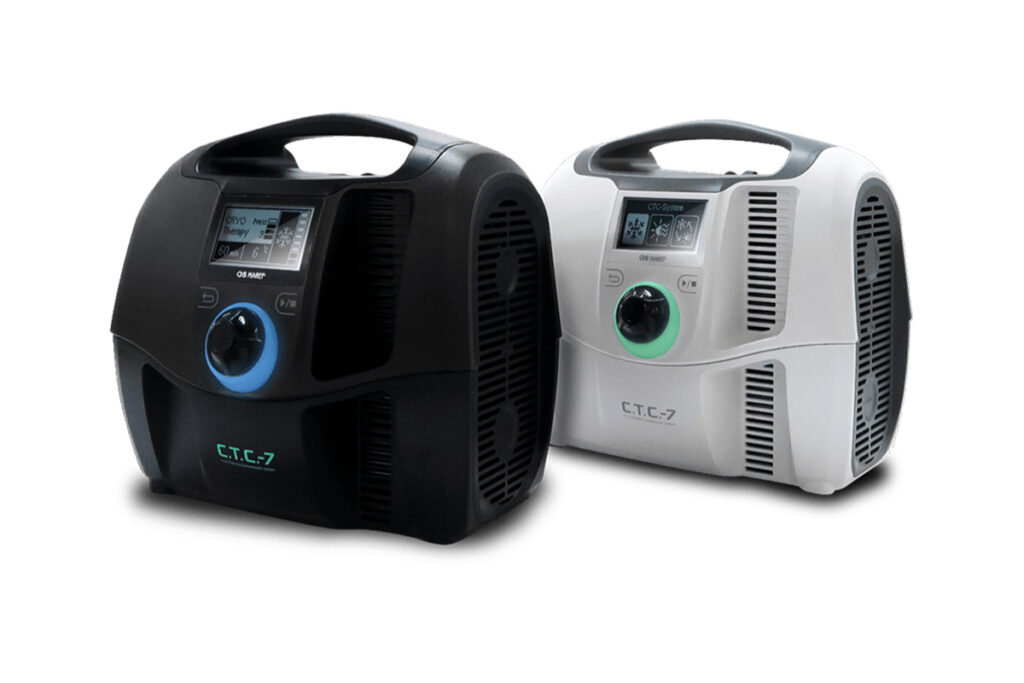Recovery from muscle and ligament damage can be a frustrating experience, as you’re laid up and out of action. Unable to train, and in severe injuries, perhaps unable to move around properly, you’ll be thinking of ways to speed up the recovery process and reduce pain and discomfort. Fortunately, you’re in the right place. In this post, we’re going to explore various strategies and tips for ligament and muscle recovery that you can do at home.
It’s important to note however, that it’s vital you seek medical assistance for any severe injury or pain that doesn’t subside after a few days, as it would with normal muscle pain after a workout. It’s very easy to make an injury worse and increase your time on the sidelines. With that in mind, let’s explore some ways you can speed up muscle recovery and reduce ligament and muscle inflammation.
Firstly, we need to understand how long it takes for muscles to recover on their own. Unfortunately, although you can certainly help to relieve muscle soreness, time is always the best medicine. Generally, muscle soreness recovery will take between 48 and 72 hours, depending on how hard you trained, and whether you’re new to the workout or not. This Delayed Onset Muscle Soreness is also known as DOMS and will peak between 24 and 48 hours after exercise. Caused because of microscopic muscle tears, the pain, swelling and discomfort is part of your body healing itself.


There are several things you can do to help muscle recovery and reduce pain and inflammation. These vary depending on the time post-exercise, and include:


If you’re a professional or keen amateur athlete, or work within a medical or sporting setting, then the CTC-7 Device can help improve recovery for muscle and tendon damage. It’s an all-in-one rehabilitation system that offers cryotherapy, thermotherapy, contrast, and compression therapy. Alongside the sporting setting, it can be used for patients recovering from operations and other medical procedures.
Contact us today to buy or rent the CTC-7 and experience how it can help your recovery.
We use cookies to help improve our services, make personal offers, and enhance your experience. If you do not accept cookies, some of our optional cookies may affect your experience.